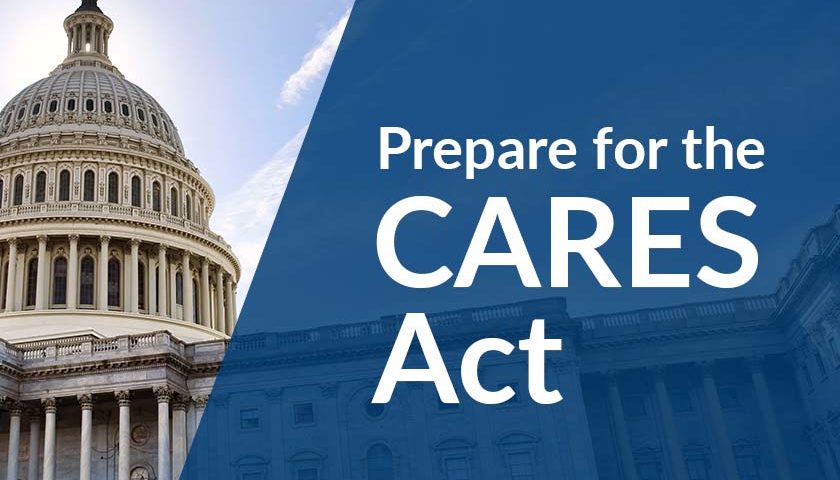The massive law enacted by Congress last year in response to the COVID-19 outbreak—the Coronavirus Aid, Relief, and Economic Security (CARES) Act—authorized the distribution of Economic Impact Payments (EIPs) to qualified individuals. (Late in December, Congress authorized another round of payments.) But some eligible taxpayers were shorted or did not receive any payment at all.
Fortunately, you still have some recourse. If you qualify, you can claim a “recovery rebate credit” on your 2020 tax return. Generally, this credit will increase the amount of your tax refund or lower the amount of the tax you owe.
Background: Under the CARES Act, millions of Americans received EIPs in 2020.The maximum EIP was $1,200 for single filers and $2,400 for joint filers if both spouses were eligible. In addition, you were entitled to receive an extra $500 payment for each qualified child under the age of 17. Advance payments were made by direct deposit or check.
But not everyone received the full amount that they were supposed to collect. For example, the IRS may not have had all the information needed to provide the maximum economic stimulus payment or it may have failed to add $500 for a child born in 2020.
The IRS recently posted guidance reminding taxpayers that you may be able to claim the recovery rebate credit if—
- You are eligible but did not receive an EIP in 2020; or
- Your EIP was less than $1,200 ($2,400 for joint filers) plus $500 for each qualifying child you had in 2020.
To be eligible for the recovery rebate credit, you must have been a U.S. citizen or U.S. resident alien in 2020, you cannot have been a dependent of another taxpayer for the 2020 tax year and you must have a Social Security number (SSN) valid for employment issued before the due date of your 2020 tax return (including extensions).
You can take the recovery rebate credit for any recovery rebate amount that is more than the EIP you received by completing the required information on your 2020 tax return.
As was the case with the first round of EIPs handed out in 2020, the maximum recovery rebate credit is $2,400 if you file a joint return or $1,200 for all other eligible individuals. Those with qualified children will receive up to an additional $500 per child. The recovery rebate amount is phased out if your adjusted gross income (AGI) for 2020 exceeds $75,000 for single filers or $150,000 for joint filers.
Because that EIP received in 2020 was an advance payment, the IRS has included a worksheet in the tax return instructions to determine the amount of any recovery rebate amount. It can be tricky, so contact your professional tax advisor for assistance.
Reminder: Don’t procrastinate. This is especially true if you expect to receive a refund on your 2020 return.







Leave A Comment
You must be logged in to post a comment.